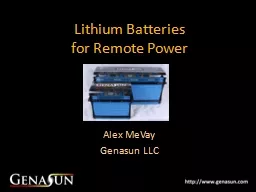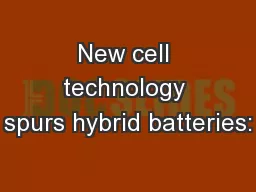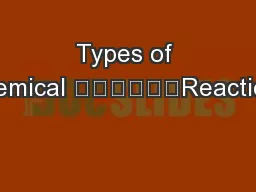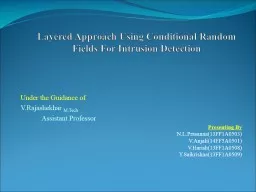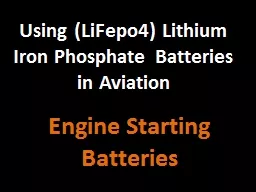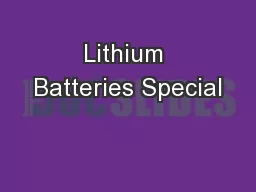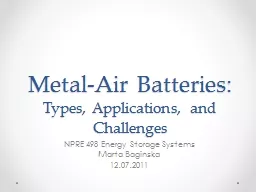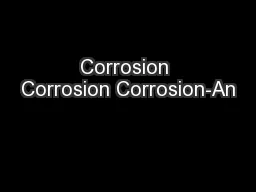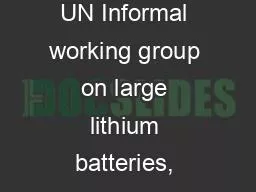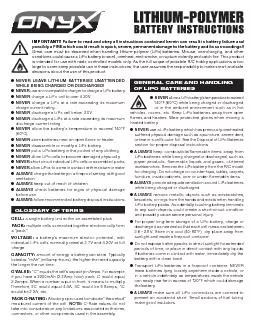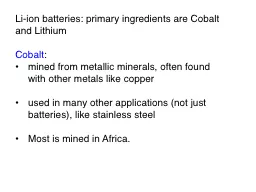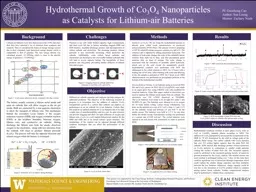PPT-Heat Release from Thermal Decomposition of Layered Metal Oxide Cathodes in Lithium-Ion
Author : hysicser | Published Date : 2020-10-22
Randy Shurtz John Hewson 2019 DOE Office of Electricity Peer Review September 25 2019 SAND201911428 C OVERVIEW of Thermal Runaway Modeling 2 SIGNIFICANCE Heat
Presentation Embed Code
Download Presentation
Download Presentation The PPT/PDF document "Heat Release from Thermal Decomposition ..." is the property of its rightful owner. Permission is granted to download and print the materials on this website for personal, non-commercial use only, and to display it on your personal computer provided you do not modify the materials and that you retain all copyright notices contained in the materials. By downloading content from our website, you accept the terms of this agreement.
Heat Release from Thermal Decomposition of Layered Metal Oxide Cathodes in Lithium-Ion: Transcript
Download Rules Of Document
"Heat Release from Thermal Decomposition of Layered Metal Oxide Cathodes in Lithium-Ion"The content belongs to its owner. You may download and print it for personal use, without modification, and keep all copyright notices. By downloading, you agree to these terms.
Related Documents


